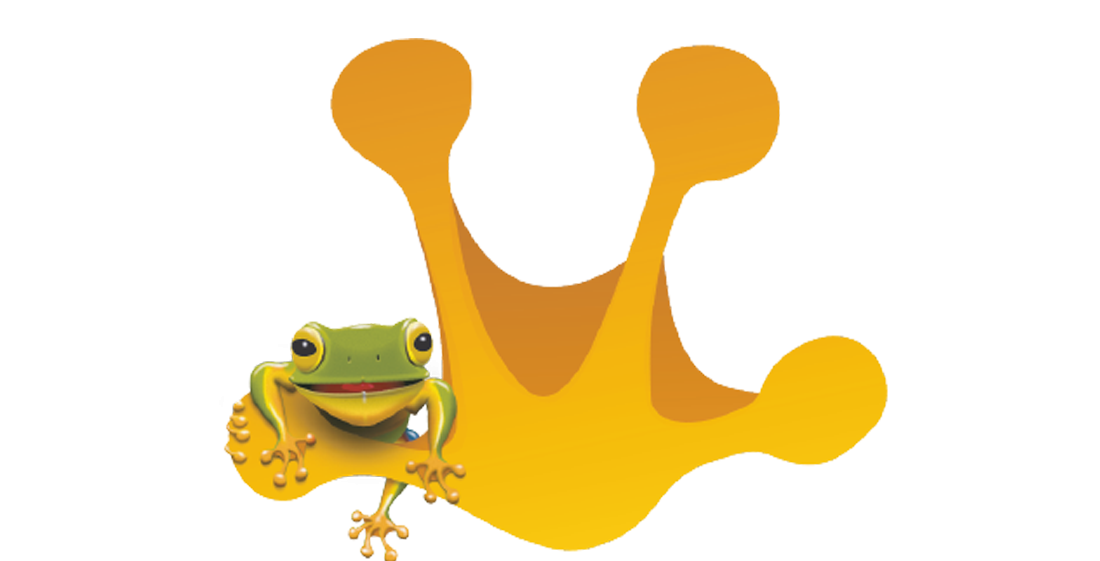
BirdLife Australia – Nest Log Workshop
BirdLife Australia Northern Reserves Nest Log and Nest Box Parks Victoria Volunteer Innovation Fund Project Nest Log Workshop 10.00 a.m. to 3.00 p.m. Saturday 27
Have you seen a Bearded Dragon at Winton Wetlands? Do you have a keen eye for Cane Grass? By recording your plant and animal finds into online databases, you too can be a citizen scientist!
So, what is citizen science? Citizen science is public participation in scientific research and can be an enriching way to learn more about your local environment and share your knowledge.
In 2019, Winton Wetlands Restoration Scientist, Lance Lloyd, initiated the citizen science project, I Saw That, which aims to collect species data specific to the site. The data is useful in ongoing conservation and restoration works.
There’s a citizen science project for everyone! Take a look at some of our favourites and start logging your finds!

Using Birdlife’s Birdata mobile application you can easily log information you’ve collected, including images. Birdlife also have specific projects that you can contribute to such as the Birdlife National Twitch-a-thon and the Aussie Backyard Bird Count which runs each year.

WomSAT uses data collected by members of the public to aid in the conservation of wombats Australia-wide by determining imminent threats to the species, including areas where vehicle collisions and mange are common.

By using the FrogID mobile application, you can easily record and log frog calls and help contribute to Australia’s frog data. This information can be crucial to saving our frogs as it allows researchers to determine how frog species are responding to the changing climate.

Help researchers determine the health of our local waterways by exploring and identifying waterbugs using the National Waterbug Blitz mobile application. With a range of resources available on the National Water Bug Blitz website, getting involved has never been so simple!

Echidna CSI uses information collected by the public to learn more about the species and work towards their conservation. You can get involved by downloading the Echidna CSI app and logging sightings and images you’ve taken. Echidna CSI also encourage people to collect Echidna scats. That’s right, poo! A lot of information can be discovered in the molecules of Echidna scats making it easier for scientists to learn about wild populations rather than tracking the animals themselves.

Australian turtle numbers are declining and TurtleSAT needs community assistance to conserve them. You can help by recording when you see a turtle, a turtle nest, where turtles are being killed on roads or evidence of turtles such as skeletal remains. Observations can be recorded on the TurtleSAT website.

BirdLife Australia Northern Reserves Nest Log and Nest Box Parks Victoria Volunteer Innovation Fund Project Nest Log Workshop 10.00 a.m. to 3.00 p.m. Saturday 27

There are some fishy things going on at Winton Wetlands this month. In particular, surveying of the fish population. Amongst other things, next week we’re

It’s fish survey time, a regular exercise to check on the quantities, diversity and health of fish in various ponds across the wetlands. Shown here

Weeds and other invasive plants can be a real problem for land managers. Sometimes they cause direct damage to other plants. At other times they

Southern Pygmy Perch fish (Murray-Darling lineage) were once common in the waterways of the Winton Wetlands, up till at least the 1960s. Sadly, they then

Time to get growling! A community-driven campaign called ‘Taskforce Growler’ gets under way this week to support the return of an iconic native frog to
652 Lake Mokoan Road
Winton North, Victoria, 3673
T: +613 5766 4462
652 Lake Mokoan Road
Winton North, Victoria 3673
T: +613 5766 4462
668 Lake Mokoan Road
Winton North, Victoria 3673
T: +613 5766 4462
Winton Wetlands Committee of Management recognises that the site lies within the traditional lands of the Yorta Yorta people, the original owners of Country. We respect their deep enduring connection to their lands and waterways and recognise that sovereignty was never ceded.
We honour and respect their ancestors, their Elders past, present and emerging and acknowledge the significant role Yorta Yorta people play in support of the Winton Wetlands restoration project and of our programs.